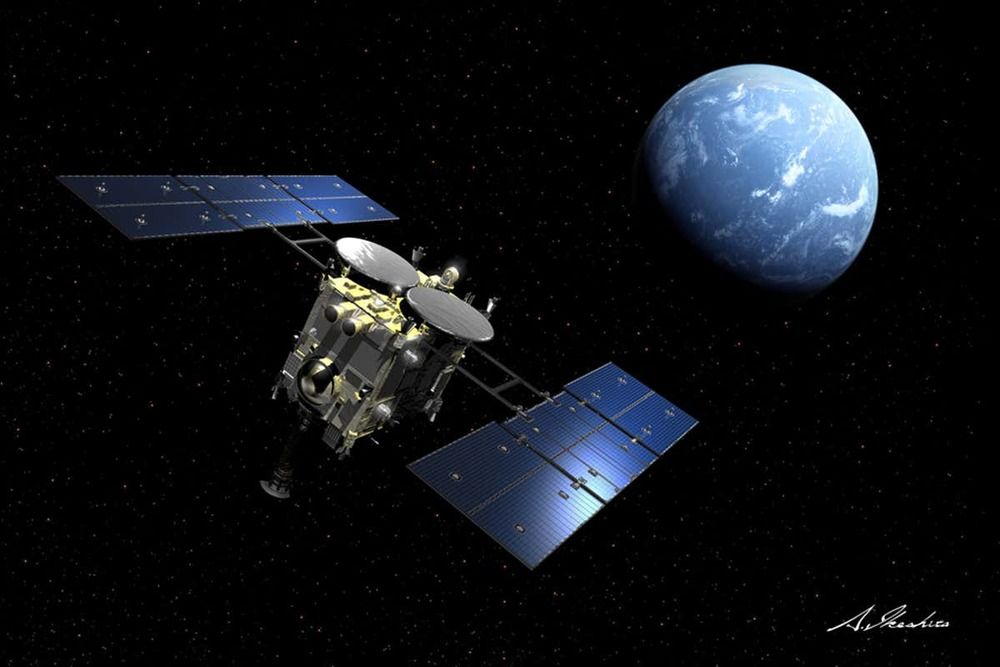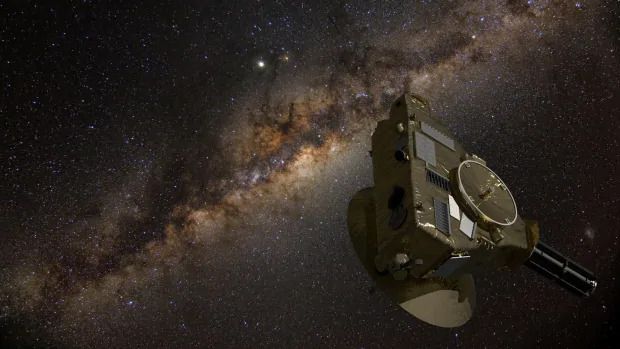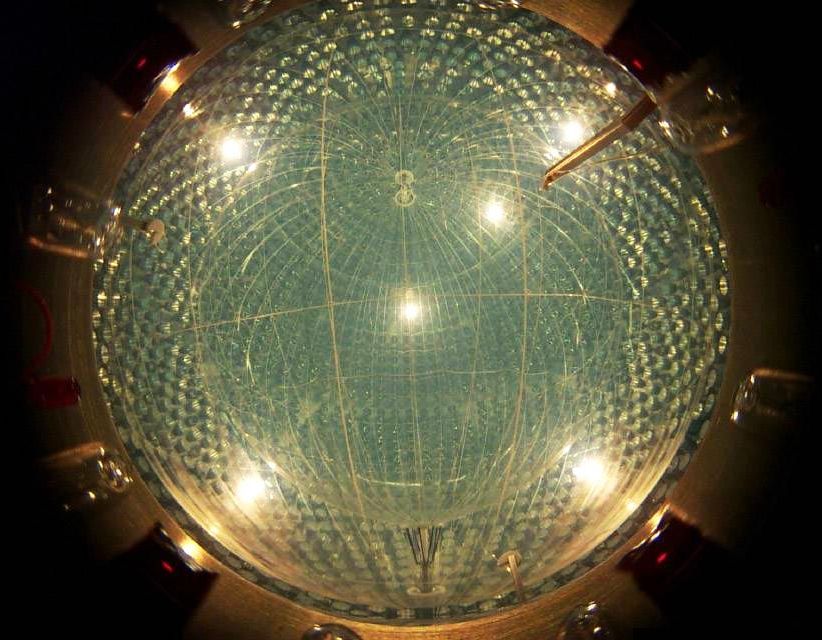The founder of a startup that helps cars drive themselves just became a billionaire — and he’s barely old enough to rent a car on his own.
Luminar Technologies CEO Austin Russell, 25, secured a hefty fortune after his company’s stock market debut this week. The Florida-based firm — which he founded when he was just 17 — makes so-called lidar scanners that use lasers to give autonomous cars a three-dimensional view of the road and what’s around them.
Luminar’s share price surged nearly 28 percent on its Thursday debut to close at $22.98, giving the company a market value of about $7.8 billion, the Wall Street Journal reported.








